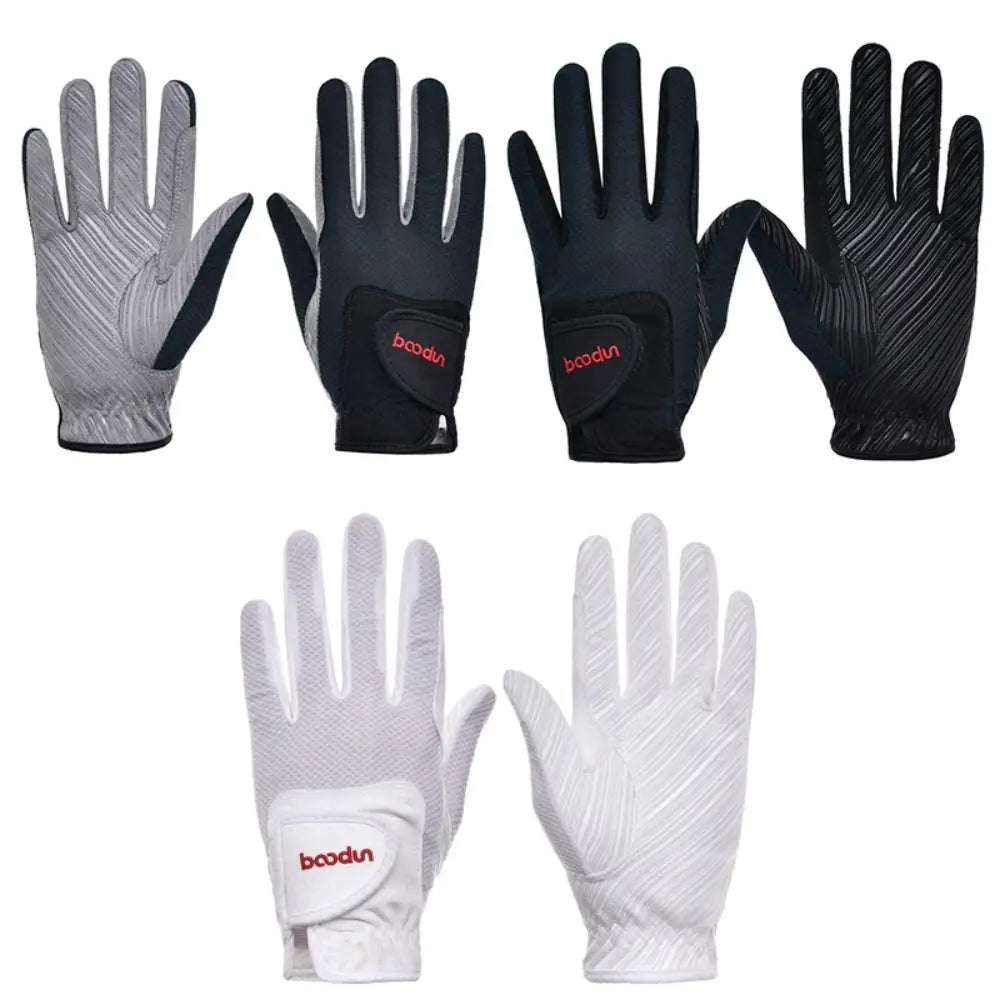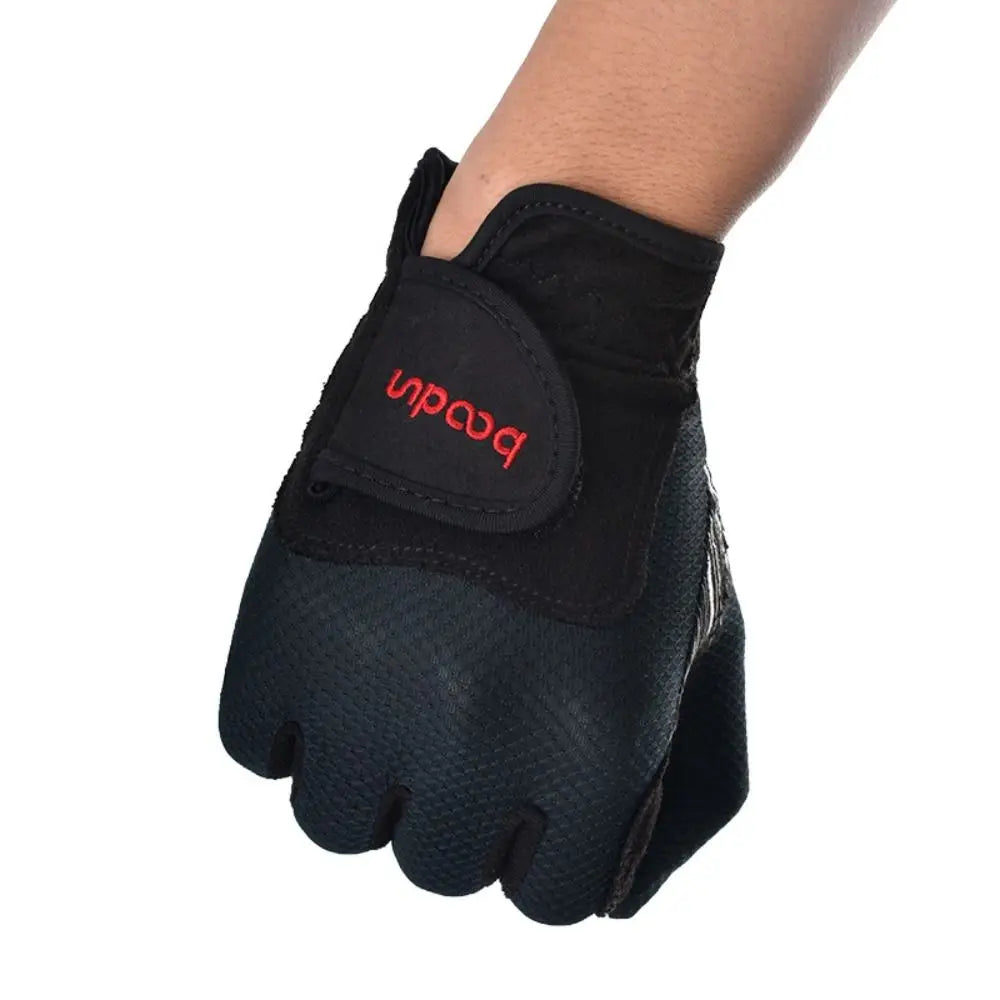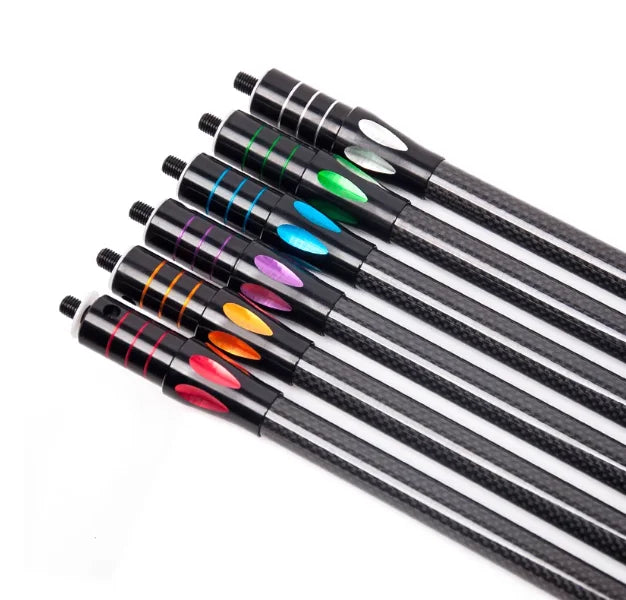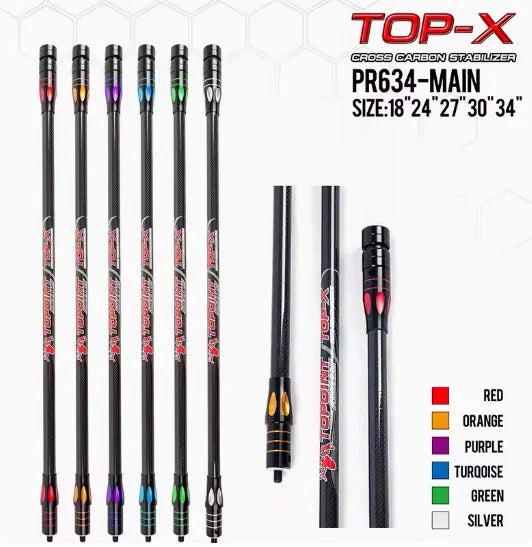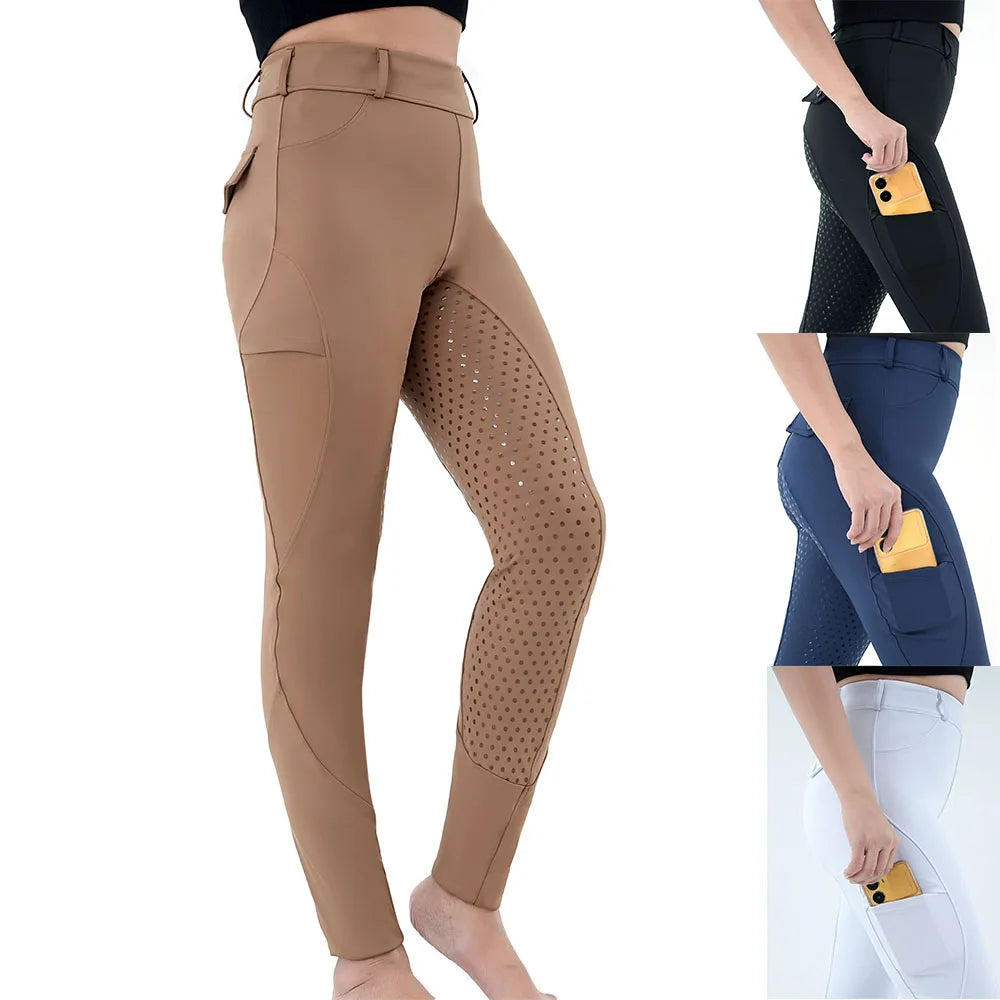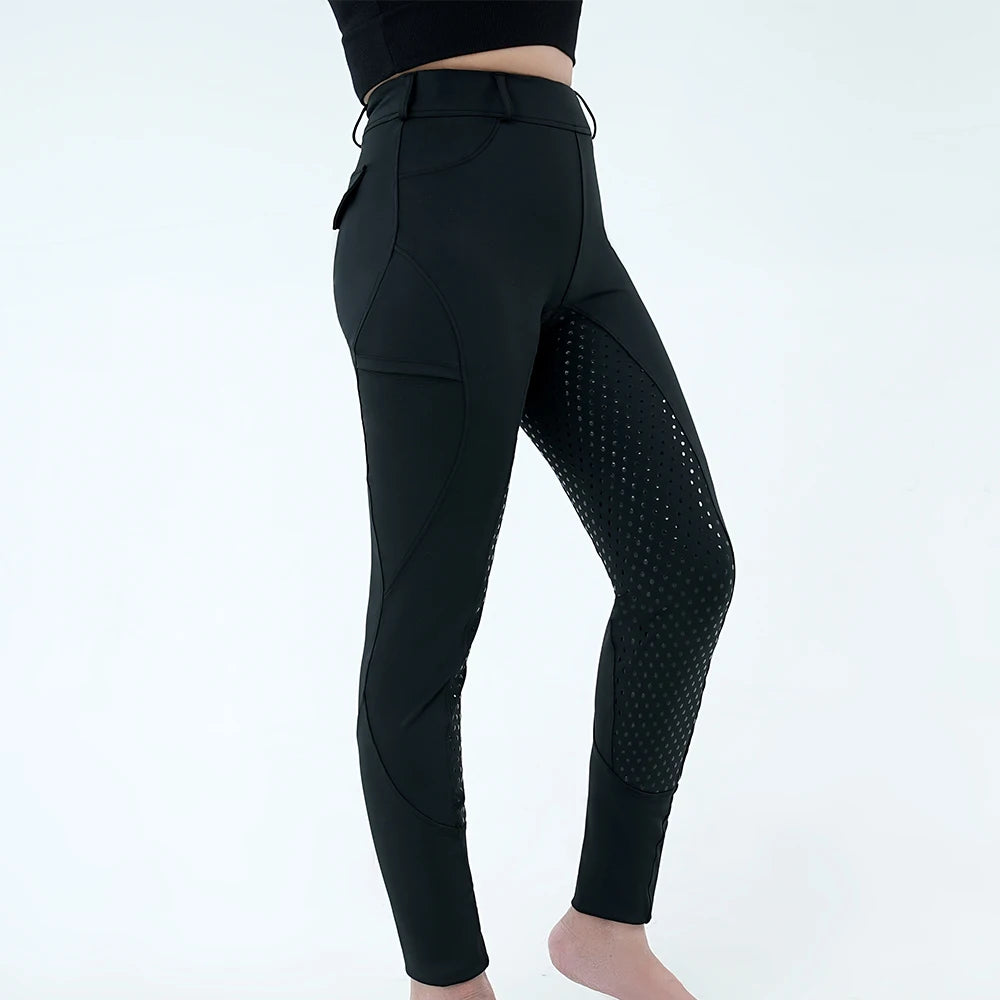Archery is an ancient skill that blends precision, focus, and technique—making it one of the most rewarding sports for beginners.
However, with a wide range of bows, arrows, and accessories available, choosing the right gear can be overwhelming.
This guide will help you understand the essential equipment needed for archery, whether you're practicing for sport, hunting, or competition.
1. Choosing the Right Bow for Your Needs
Selecting the right bow is the foundation of your archery journey. Here are the four main types:
Recurve Bow
- Ideal for beginners due to its versatility and simple design.
- Used in Olympic archery and target shooting.
- Lightweight and easy to control.
Compound Bow
- Features pulley systems that provide more power with less effort.
- Great for hunting and competitive shooting.
- Offers greater accuracy and consistency.
Longbow
- Traditional and used by historical archers.
- Requires higher skill level but provides a smooth shooting experience.
Crossbow
- Ideal for those who prefer a mechanical approach to archery.
- Offers higher shooting power but may be subject to legal restrictions in some areas.
2. Selecting the Right Arrows
Arrows are as important as the bow itself. The three key factors to consider are:
- Spine (Stiffness) – Affects accuracy and how the arrow flexes when shot.
- Material – Aluminum, carbon, or wood, depending on durability and flexibility needs.
- Arrow Length – Should match your draw length for optimal performance.
3. Essential Archery Accessories
While the bow and arrows are the core of archery, accessories improve performance and safety.
Finger Guards & Archery Gloves
- Protects your fingers from string impact.
- Reduces hand fatigue and discomfort.
Arm Guard
- Shields your forearm from string slap.
- Prevents bruising and irritation.
Quiver
- Holds arrows for easy access while shooting.
- Available in hip, back, or bow-mounted styles.
Bow Sight
- Helps beginners improve aim and accuracy.
- Available in single-pin and multi-pin designs.
Stabilizers
- Reduces vibration and improves stability when shooting.
- Provides better control for consistent shots.
4. Safety & Maintenance Tips
Ensuring safety and proper maintenance will extend the lifespan of your archery gear.
- Always inspect your bowstring for fraying—replace if necessary.
- Use a proper bow case for storage and transportation.
- Never dry fire a bow (shooting without an arrow) as it can cause severe damage.
- Wear protective gear to prevent injuries while practicing.
5. Where to Buy Quality Archery Equipment
Investing in quality gear from reputable stores ensures longevity and a better shooting experience. Look for:
- Stores that offer detailed product specifications and customer reviews.
- Retailers that provide beginner-friendly gear bundles.
- Brands known for durability and performance.
Final Thoughts
Choosing the right archery gear is the first step toward mastering this skill. By investing in proper equipment, practicing regularly, and prioritizing safety, you’ll enhance your accuracy and enjoy a fulfilling archery experience.







